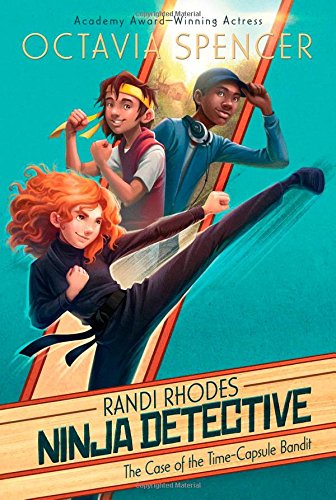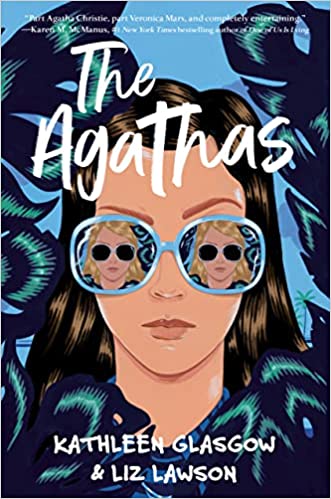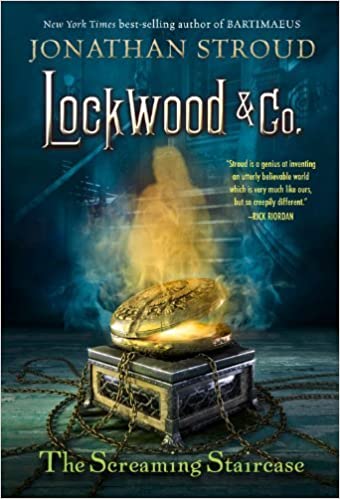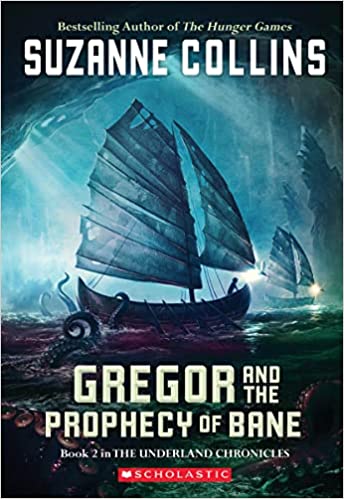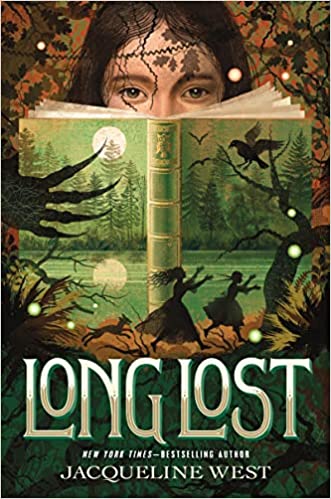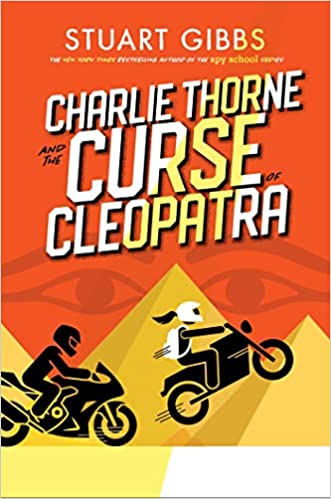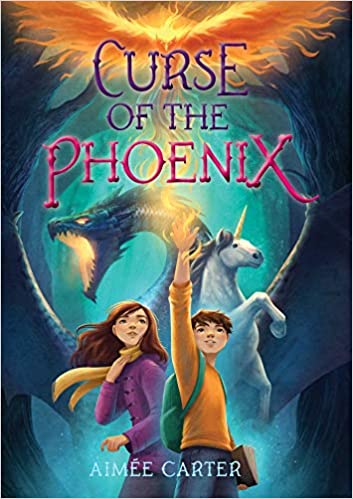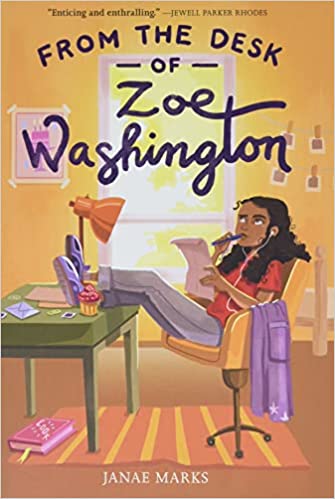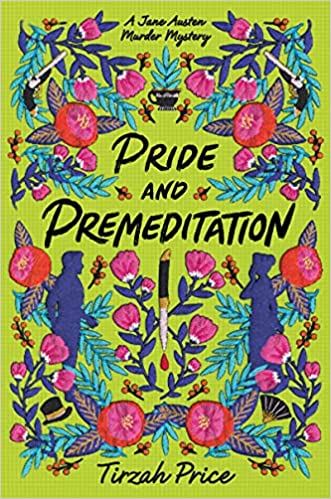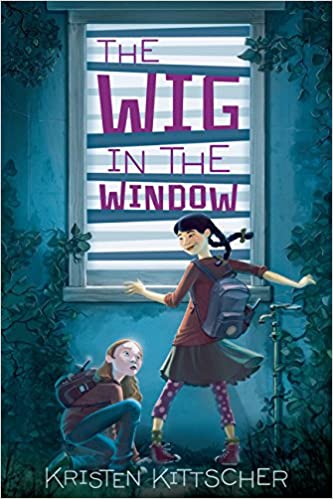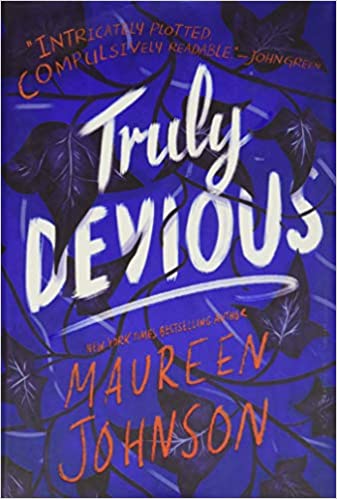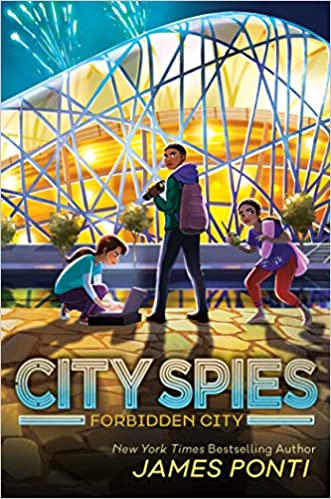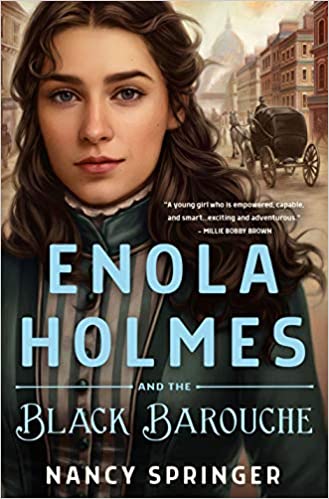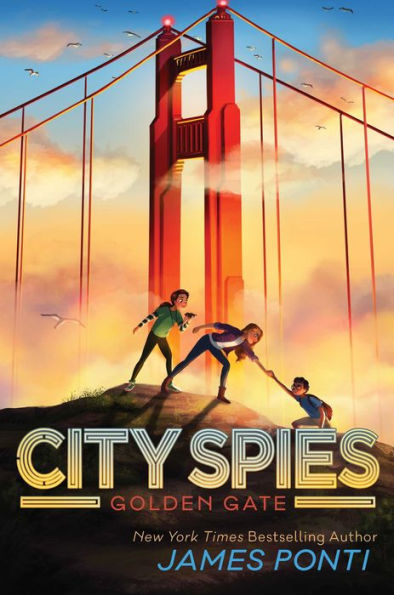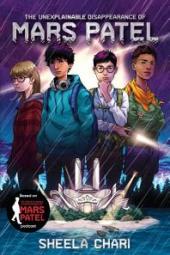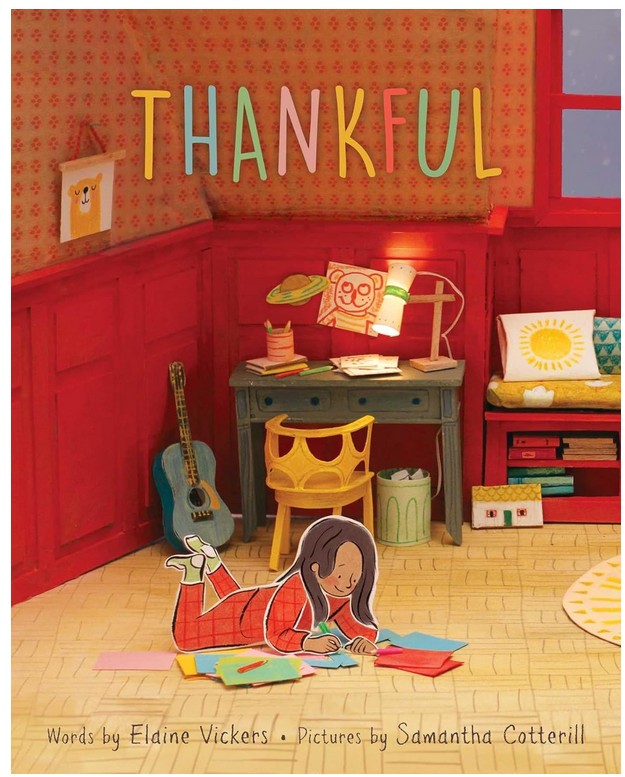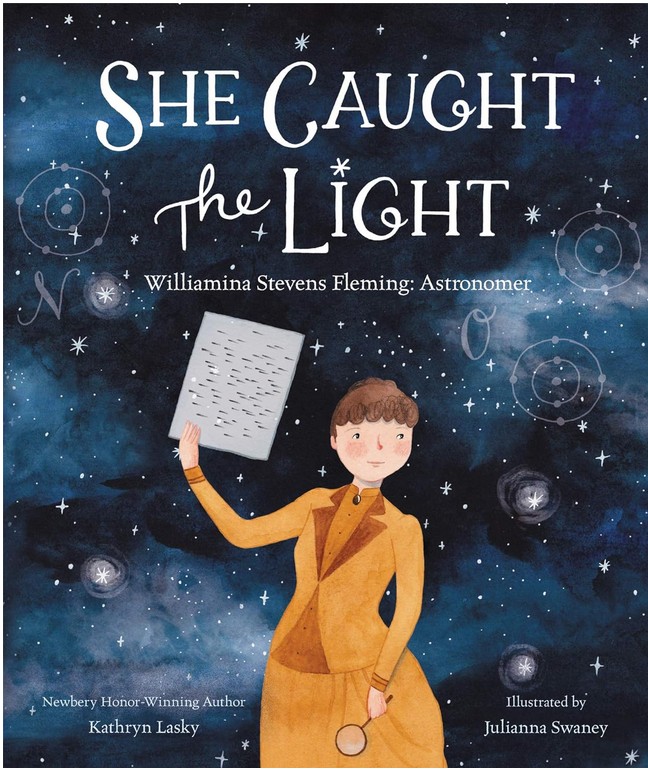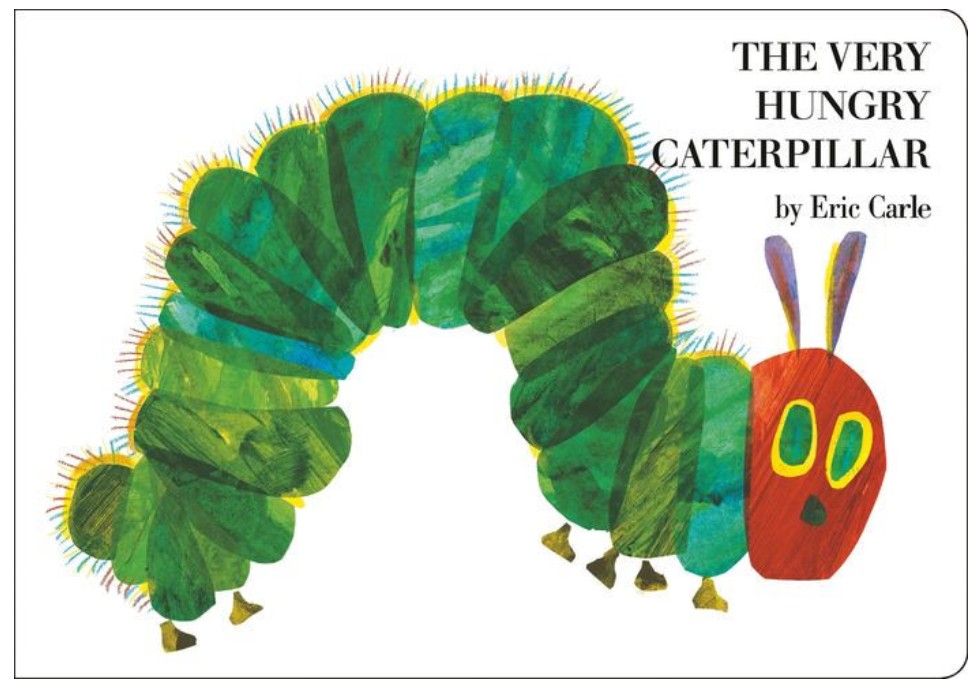Deer Creek is a small town whose only hope for survival is the success of the Founders’ Day Festival. But the festival’s main attraction, a time capsule that many believe holds the town’s treasure, has gone missing.
Twelve-year-old Randi Rhodes and her best friend, D.C., are Bruce Lee-inspired ninjas and local detectives determined to solve the case. Even if it means investigating a haunted cabin and facing mean old Angus McCarthy, who is the prime suspect. The future of their whole town is at stake! Will these kids be able to save the day?
Randi is a plucky heroine who isn’t afraid to jump into danger if it means solving a case. When her father decides to move the family to Deer Creek, Randi is convinced that she will die of boredom. However, she is soon sneaking around town looking for clues that will reveal who took the town’s time capsule. Along the way, Randi meets D.C. and the two connect over their love of martial arts. As they hunt for clues, they also learn about the importance of friendship. This theme is reinforced when they read a letter written by the town’s founding fathers who wrote, “We were prosperous because our friendship is more precious to us than any riches on earth.”
Many readers will relate to Randi and her friend D.C., who face real-world conflicts. Randi is not only struggling with the loss of her mother; she also believes her father doesn’t understand her. Randi’s friend D.C. worries about his mother’s financial issues. He also gets frustrated because his mother treats him like a sick little boy because he has asthma. While the story focuses on Randi and D.C., the town is full of interesting people who add both conflict and humor to the story.
With plenty of action and suspense, The Case of the Time-Capsule Bandit will entertain mystery-loving readers. In addition, readers will learn the necessary skills to sleuth on their own. Throughout the story, readers are prompted to go to the appendix and complete a “Ninja Task.” These tasks include how to conduct a stakeout, how to make a footprint cast, how to collect a dusty footprint, etc. The appendix also includes recipes for making caramel apples and ice cream. Another positive aspect of the book is the full-page, black-and-white illustrations that appear, on average, every 24 pages.
The Case of the Time-Capsule Bandit is a fast-paced story that brings the town of Deer Creek alive. Like many stories, the book has a group of bullies, a misunderstood town outcast, and a small-town sheriff. Despite this, Randi’s love of ninja’s, spying, and solving mysteries makes The Case of the Time-Capsule Bandit a fun read. Plus, the conclusion adds several surprises that tie up all the story threads and remind readers that friends help each other become better people.
Sexual Content
- None
Violence
- Randi and D.C. go into an abandoned house that is rumored to be haunted. When they hear someone opening the front door, the two kids hide in a bedroom. When someone opens the bedroom door, D.C. kicks the person. “The kick he delivered must have been powerful. The figure rocked backwards and fell.” Once the man is down, the kids run from the house.
- When Randi and D.C. go back to the abandoned house, two bad guys appear. The kids overhear a man saying, “Next time you should drag the little brats out and take them back to the caves. There are places down there where no one would ever find them.”
- Randi, D.C., and their friend Pudge follow the bad guys to a cave. While there, Angus appears and a man “crept up behind Angus McCarthy, put an arm around his neck, and trapped the old man in a headlock. . .”
- While in the cave, the main henchman orders a man to, “Take Mr. McCarthy away and deal with him. And make sure he won’t be coming back. I don’t want that old coot causing any more trouble.”
- In order to help Angus, the kids follow behind the bad man who is hauling Angus deeper into the cave. Randi “tapped the thug on the shoulder. . . When the thug wheeled around to see who was behind him, he was greeted with a lightning-fast punch. . . Once he was down on the ground, Randi delivered a chop to the right side of his head that would make sure he stayed nice and quiet. . .”
- The other bad guys see Randi, D.C., and Pudge. When they try to capture the kids, Randi “leaped forward in a gravity-defying jump kick, connecting with the first foe’s abdomen. It was so powerful, it sent him reeling backwards and onto another guy. . . By the time the agents realized what had happened Randi was already spinning and kicking low to the ground, smashing ankles, kicking up dust, and exhibiting textbook form on a tornado kick.” The scene is described over four pages.
Drugs and Alcohol
- None
Language
- Mean girl Amber-Grace often calls people names, including freak, Yankee scarecrow, idiot, and a loser.
- Amber-Grace calls D.C. a “little deaf punk.”
- Randi thinks that Amber-Grace is an “obnoxious brat.”
- A man asks, “You think I was the one who took the durn capsule?”
- A woman calls someone a “miserable old coot.”
- D.C. is hard of hearing. While D.C. was working at his mom’s fruit stand, a boy “wriggled his fingers as if using sign language. ‘Didn’t you hear me, deaf boy?’”
- A group of kids ambush D.C. and start making fun of him. One boy refers to D.C. as Bruce Wee. The boy says, “You know why Bruce Wee’s belt is yellow and not black? It’s ‘cause he’s’ so scared to fight that he pees in his pants.” Randi jumps in to help and she tells the boy, “Well, anyone who’s earned a yellow belt wouldn’t have any trouble kicking a bloated butt like yours.”
- Darn is used once.
Supernatural
- None
Spiritual Content
- None
